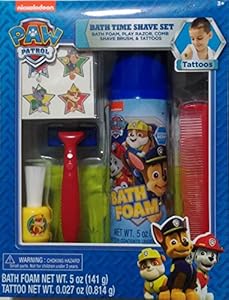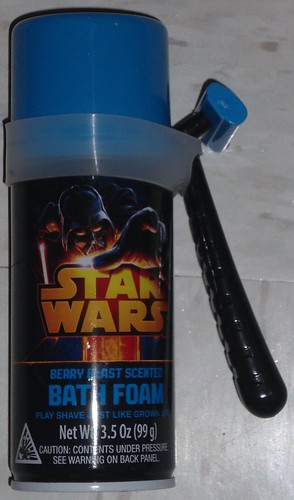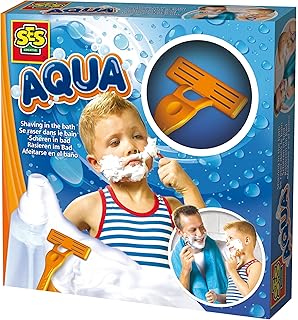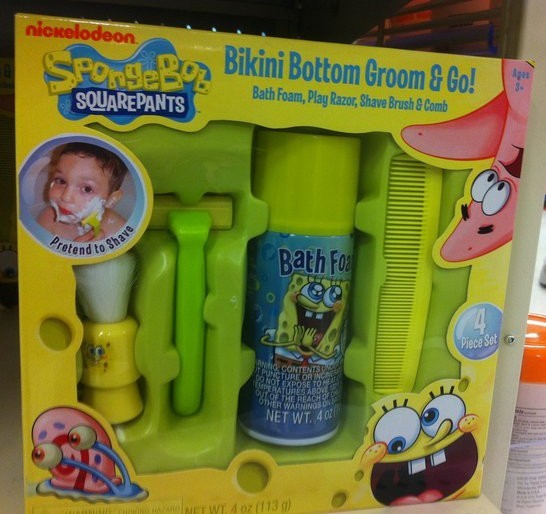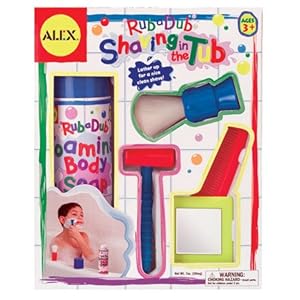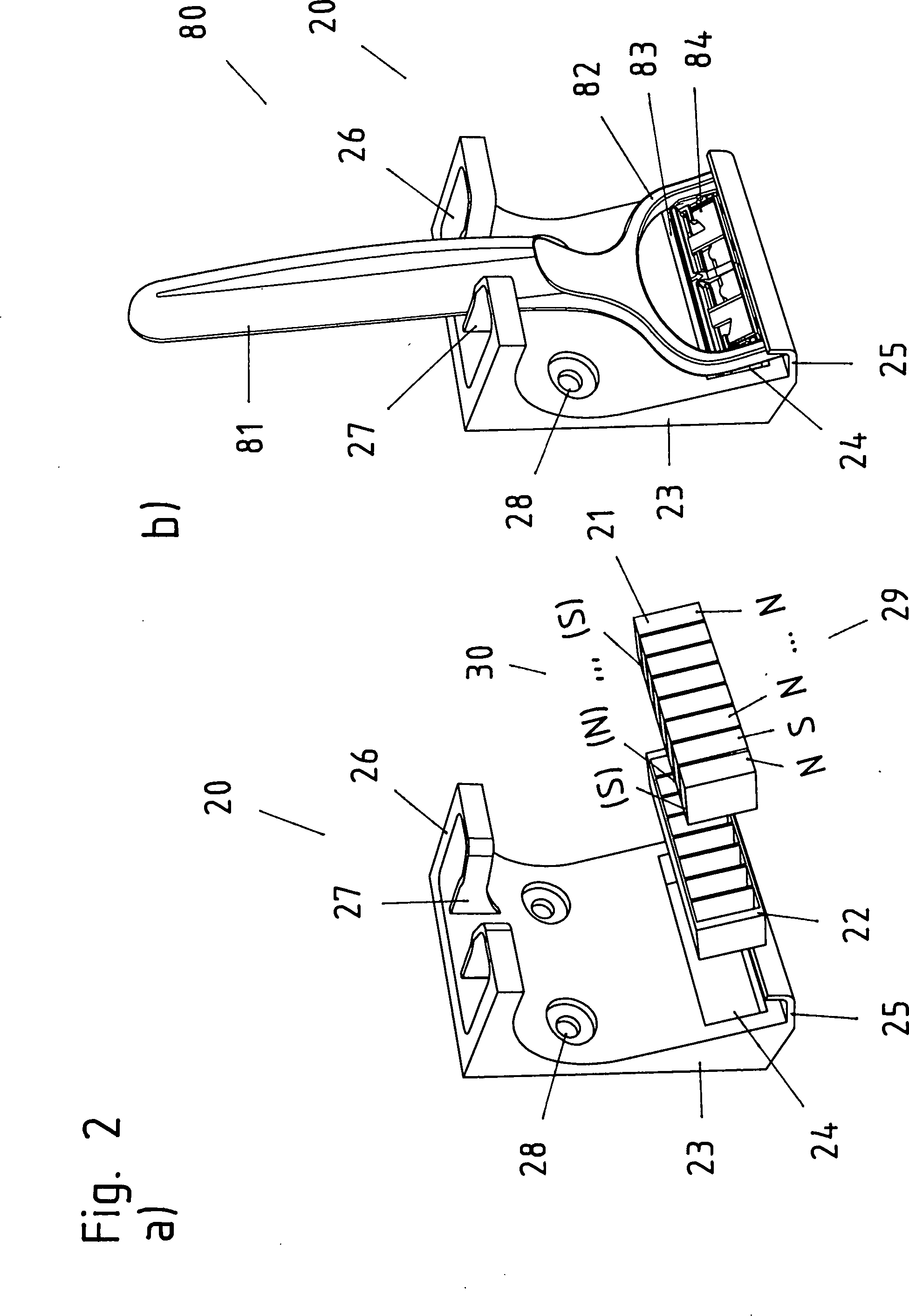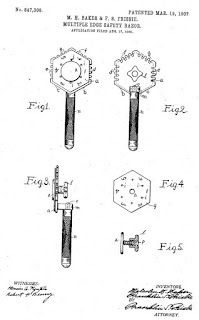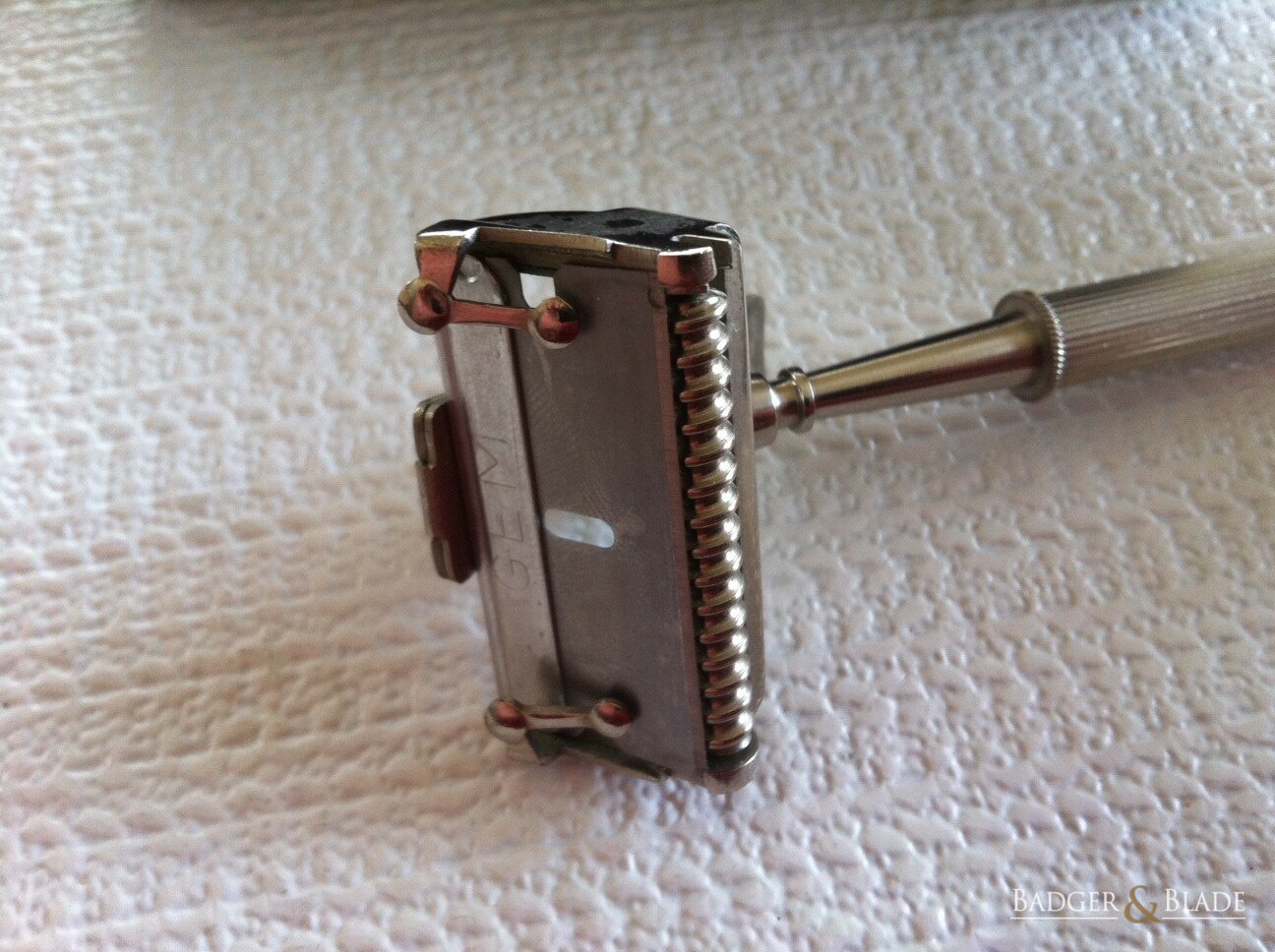Tag Archives: Gear
The Caped Crushaver?
Found at a blog called “Under the Giant Penny“. I am, however, puzzled at the combination of canned goo and a brush…
A crank magnet for the cart crowd
Remember those old patens I’ve posted about that revolves around the idea of using magnets to – allegedly – keep your razors sharp? Turns out that the magnet-cranks have not died out yet… I present for your amusement a patent from 2014: Magnetic Blade Sharpener by a couple of German gentlemen.
Magnetic blade sharpener according to claim 1, characterized in that – the magnetic sharpening of individual magnets which – with or without a frame are made into a magnet block with alternating poles or – which is already configured as a magnet block with individual magnets in adjacent oppositely directed polarity and – with the tray body the filing and re-sharpening device is one-sided integral multipolar or two-sided multi-polar pronounced.
What is it about magnets and razors?
In the parade of crackpots, I present to you the patent “
Ooookay. The OCR on the google patent is pretty bad, but I’m assuming it’s the same crank idea that placing your razor blade in a magnatic field will magically either sharpen it or keep it from getting dull.
It is kind of funny how Mr Forber made sure to explain in his patent that a razor is made up of:
…a pronged guard 18, a curved clamp head 14, and a handle 15 adjustably connected to the head 14.
I almost wondr if Mr Forber believed that his device worked best for Open Comb razors… which makes sence if you know a little about magnetic fields, but not enough to grasp that magnets don’t sharpen blades.
The notches on either side of the main magnets seems to be intended to either ‘demaginitise’ the blade, or allow the blade to rest in closer contact with the magnet, or possible both. As mentioned the patent obviously didn’t OCR well, and the parts of the description I can make out is – as often is the case – verbose yet confusing.
New arrival – Nivea Man Cooling After Shave Balm
More magnetic magic – razor blade edge reconditioner
Seems like the cranks simply don’t give up… and the patent office keeps granting patents like the one they granted to Maurice A Keller in 1957.
On the surface this is much like the one I talked about a couple of days ago… but if you go deeper you’ll find that it’s exactly like that one. Place razor in device, then wait for the magic…
As for the specific claims;
Magnetic razor blade sharpeners heretofore known have generally been inconvenient to use because they required disassembly of the razor so that the blades could be inserted into a suitable magnetic sharpener.
Uhm.. the previous one didn’t require you to dissemble the razor either.
These types of Sharpeners have not been successful because they required the provision of large horseshoe type magnets which are very expensive; or else they required magnets of special shapes not generally available as stock mass produced items.
I’ll kind of grant Mr Keller that claim, except they have not been successful because magnetism don’t work that way.
Demoted Colonel
One of the first soaps I bought was Colonel Conk’s Bay Rum. While I was initially enamoured by it, the initial crush wore off fairly quickly as I was exposed to better soaps.
The other day I used it again for the first time in quite some time, and decided that I didn’t need it taking up space among my shaving soaps no more… so the Colonel have been demoted to a bath soap.
Multiple-edge safety-razor – old and bizarre patent
The human mind can be an overboiling pot of fantastical ideas, letting us come up with all sorts of brilliant and bizarre inventions. King Gillette’s double edged blade was arguable one of the former. Malcolm H Baker and Franklin S Frisbie’s hexagonal blade probably belongs in the later category…
The idea behind the invention was admirable;
It is the object of the present invention to roduce a razor of the safety type in which the blades by the use of a plurality of cutting edges shall have increased life-in other words, a’ razor in which the blades require resharpening or replacing at longer intervals than in devices at present in use.
Blades for the Gillette razors were not – comparatively speaking – nearly as cheap as they are today, and older style safety razors used wedge blades that required tools and skill to hone and sharpen. However… the leap of logic seems to have been that if two edges are good, then more edges must be better. Minor issues like practicality and useability seems to have taken a back seat to having many edges on the blade.
The result is less of a safety razor of the hoe-type and more of a shavette:
A further object is to provide a razor in which the cutting edge in use is in a parallel lane with the handle, and thus to provide or a drawing stroke in shaving, of the same the as is employed in the ordinary old style folding-blade razor.
And finally, they claimed that their new, improved razor also were:
…of few and simple parts, which may be easily taken apart or assembled and which is readily cleansed after use.
Nothing new under the sun – razors with rollers
My invention consists partly in application to a razor of a roller acting as a guard to prevent the wounding of the skin in the use of the razor, and partly in certain details of construction pointed out in the claims.
Unsurprisingly the razor isn’t a safety razor as we know it:
The Darwin DE reimagined
Phil, over at BullGoose Shaving Supples, have come up with a solution for those who wants a Darwin DE and have deep pockets: the stainless steel Asylum Evolution DE.
It looks really, really nice, and the reports from the ones who have used the prototypes are very encouraging. And while I haven’t rushed to place an order myself, the price isn’t bad for a new production stainless razor… and my birthday is coming up in a few months *ponder*

